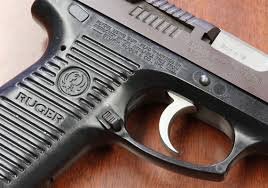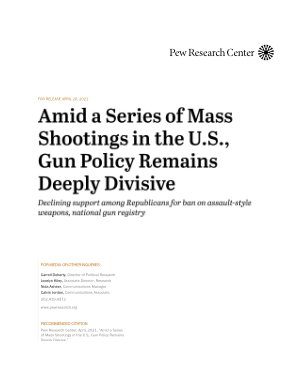By Sonia L. Robinson, Christopher D. McCort, Colette Smirniotis, Garen J. Wintemute & Hannah S. Laqueur
Background
Firearm violence is a major cause of death and injury in the United States. Tracking the movement of firearms from legal purchase to use in crimes can help inform prevention of firearm injuries and deaths. The last state-wide studies analyzing crime gun recoveries used data from over 20 years ago; thus, an update is needed.
Methods
We used data for 5,247,348 handgun and 2,868,713 long gun transactions and law enforcement recoveries from California crime gun recovery (2010–2021) and California’s Dealer Records of Sales records. Covariates included characteristics of dealership sales, firearms and their transactions, and purchaser’s demographic characteristics, purchasing history, criminal history (from firearm purchaser criminal history records), and neighborhood socioeconomic status. Analyses for handguns and long guns was conducted separately. In multivariable analysis, we included correlates into a Cox proportional hazard model accounting for left truncation and clustering between the same firearm, purchaser, dealerships, and geographic location. Covariates that remained significant (P < 0.05) were retained. For handguns, we evaluated associations of violent and weapons crimes separately. In supplementary analyses, we examined interactions by purchasers’ race and ethnicity.
Results
In total, 38,441 handguns (0.80%) and 6,806 long guns (0.24%) were recovered in crimes. A firearm dealer’s sales volume, percent of transactions that were denials, pawns, pawn redemptions, and firearms that became crime guns were each positively associated with firearm recovery in crime. Handguns that were inexpensive, larger caliber, and that had been reported lost or stolen were positively associated with recovery in crimes. Purchaser characteristics associated with crime gun recovery included: being younger, female, Black, Hispanic, Native American or Pacific Islander, or other race/ethnicity (vs white), having previous arrests, living in close proximity to the firearm dealership, and living in a more socially vulnerable census tract. Associations with race and ethnicity were modified by previous infraction-only arrests.
Conclusions
This study confirms that many previously studied correlates of firearm recovery are still relevant today. We were able to expand on previous research by examining novel associations including purchasers’ criminal history and previous firearm transaction history. These results provide evidence that can be used to disrupt firearm use in crimes.
Inj. Epidemiol. 11, 8 (2024). https://doi.org/10.1186/s40621-024-00491-8





















